A year of Paddock Maintenance.
Winter - Moss, Hedge Cutting and Brambles
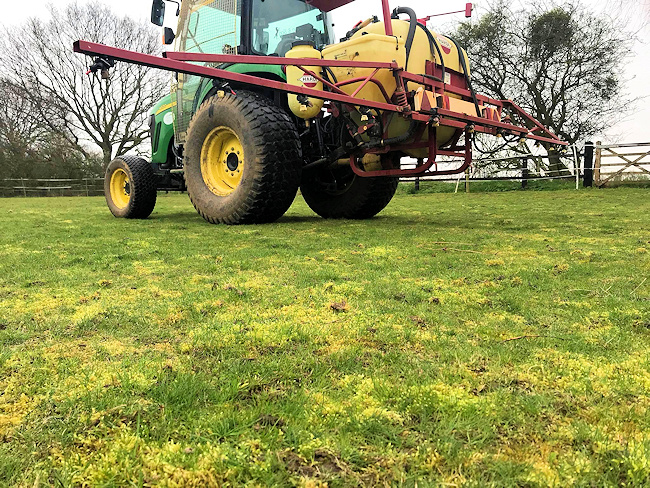 As the winter nears an end towards late February we begin to repair paddocks from cold short daylight hours. We look at moss treatments where moss has gotten hold and has suppressed dormant grass in preparation for it to breath and begin to grow with less competition from the moss.
As the winter nears an end towards late February we begin to repair paddocks from cold short daylight hours. We look at moss treatments where moss has gotten hold and has suppressed dormant grass in preparation for it to breath and begin to grow with less competition from the moss.
Moss is a non vascular non flowering plant which often occurs in damp and shaded areas and compacted, poorly drained soil, it can also thrive if soil PH levels are slightly acidic around 5.5.
We use ferrous iron which is applied with a boom sprayer and as this is a natural trace element there is no off grazing period set by the manufacturer (although I always advise to keep horses off for 24 hours as the taste and smell of the product is very metallic like and unpleasant.
Harrowing, Over-seeding, Aeration and Rolling
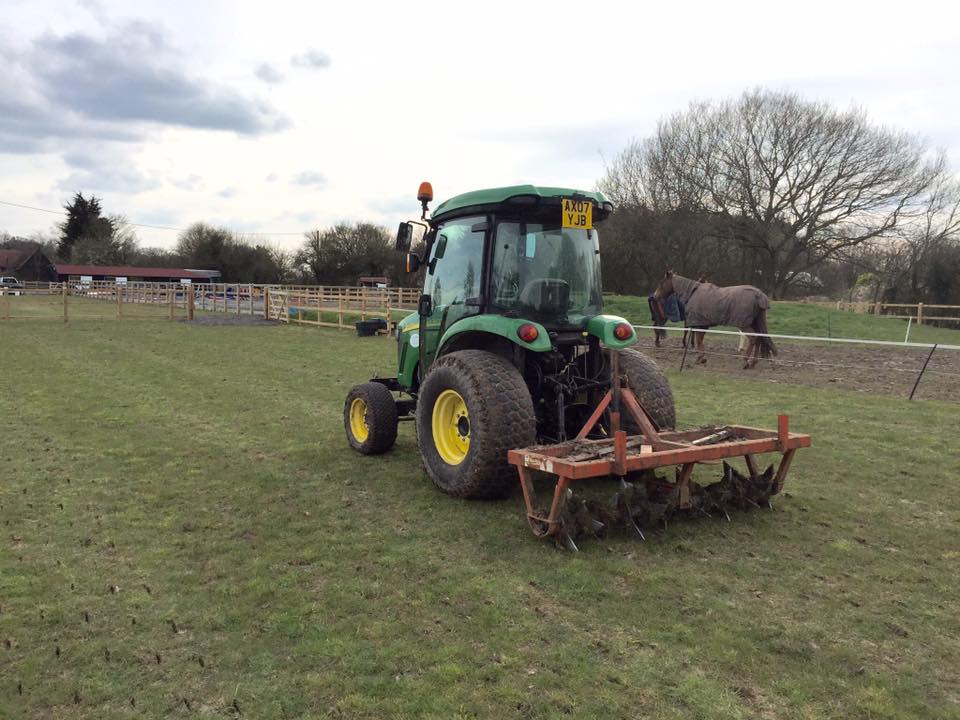 We then move onto harrowing, Over-seeding, aeration and rolling (where needed to repair poaching from the winter). This process helps to pull dead thatch and promote new sward growth, allow nutrient and oxygen to get into the root structure and minimal drainage benefits.
We then move onto harrowing, Over-seeding, aeration and rolling (where needed to repair poaching from the winter). This process helps to pull dead thatch and promote new sward growth, allow nutrient and oxygen to get into the root structure and minimal drainage benefits.
It is advisable to over-seed every 5 years to keep the grass population strong and to reduce the risk of weeds taking over, we use two main seed options which are a standard Rye grass mixture for good hardy growth and we also use and anti laminitis mix which has low sugar high fibre grasses and mixed herbs for nutrients.
It is also important to not overgraze or make paddocks to small by additional fencing as this can compact soil and stress the grass population. Having said this, where laminitic horses/ponies live, a sacrificial paddock may be required and is best left sparse keeping an eye out for Ragwort and other poisonous plants which should be pulled. The above process is important to do in every situation especially if you prefer not to use chemicals and fertilisers.
Fertilising
When we fertilise as the grass begins to grow and can uptake fertiliser we commonly use npk 20 10 10 which is lower in nitrogen than a standard (farmer blend for crops) and has trace elements for a better longer sustained slow release growing benefits to help with stronger roots, stem and sward in turn helps with photosynthesis and makes the plant stronger to deal with extreme weather conditions.
The lower nitrogen content is more beneficial to equines as the grass is less packed with protein and sugar which as we all know causes complications such as Colic and laminitis.
Spring - Spraying and Weed Control
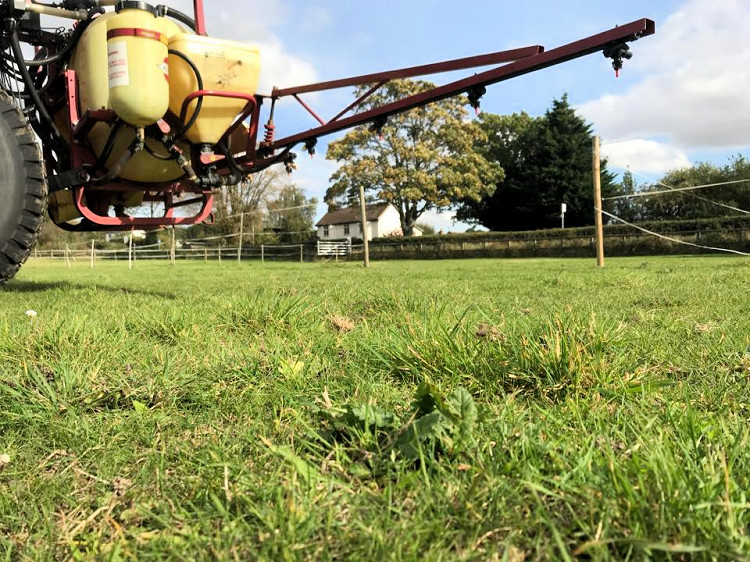 We then move onto spraying where necessary and only when needed to control a high population of weed which is suppressing grass yield and more importantly to control notifiable weeds such as ragwort which should be controlled under the Ragwort control act 2003,other weeds such as St. John's wort, flat weed and buttercup are an issue to horses.
We then move onto spraying where necessary and only when needed to control a high population of weed which is suppressing grass yield and more importantly to control notifiable weeds such as ragwort which should be controlled under the Ragwort control act 2003,other weeds such as St. John's wort, flat weed and buttercup are an issue to horses.
Spraying applications should only be carried out by a certificated contractor and chemicals only obtained from a bonafide supplier.
We only use the correct chemicals which are legally approved for equine use and all restrictions such as off grazing periods are discussed with our clients.
A professional contractor should not only be aware of the horses health but also environmental provisions.
We also consult with vets at Paton and lee to insure that our procedures are in the best interests of the animals in some cases. We also have agronomists to hand for technical advice and recommendations.
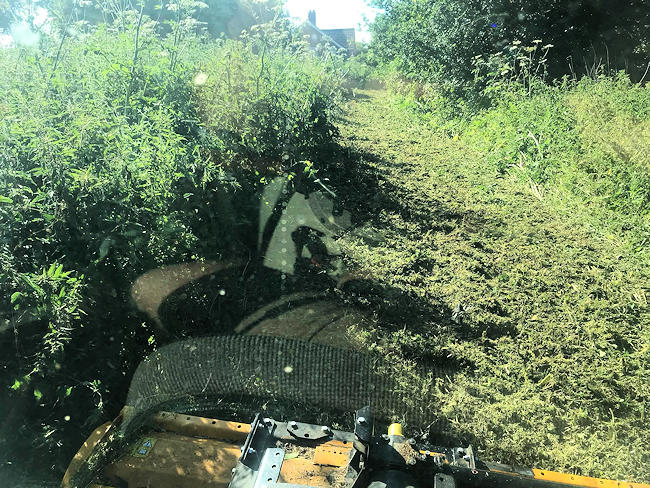
Summer - Topping
As the summer takes hold we move onto topping to help stop weeds going to seed and promote new grass growth as well as dispersing seed heads from the grass which is naturally Over-seeding, this is also a great approach for clients that prefer not to use chemical intervention.
Autumn - Seeding, Hedge-cutting and boundary clearance
 Autumn time is a great time to over-seed alternative paddocks if you have a winter summer grazing rotation.
Autumn time is a great time to over-seed alternative paddocks if you have a winter summer grazing rotation.
As the ground begins to soften late autumn and where possible and conditions allow we look at mole drainage and flat lifting to help with winter drainage and allow the roots to rejuvenate.
During the winter we concentrate on Hedge-cutting and boundary clearance to stop hedges and brambles encroaching onto electric fencing and into the paddocks and ditches, this is also a good opportunity to check for damaged fencing and repair or replace where necessary.
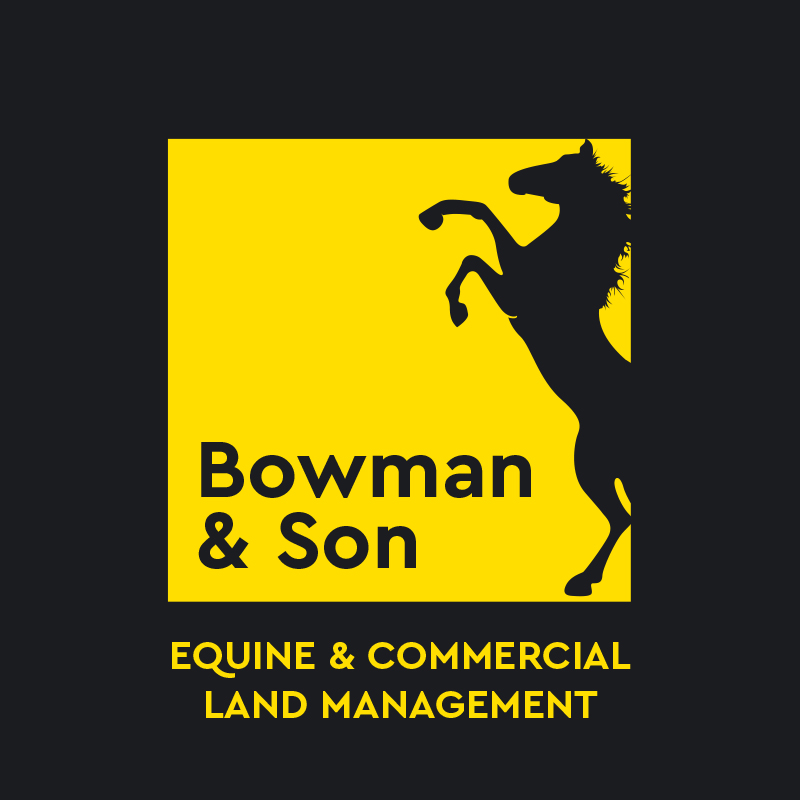 We are happy to answer any questions and offer advice
We are happy to answer any questions and offer advice
about the health of your paddocks / grounds.
Our Advice Pages offers some great information on how to get the most from your paddocks.
Please call us now on 07887 694928



